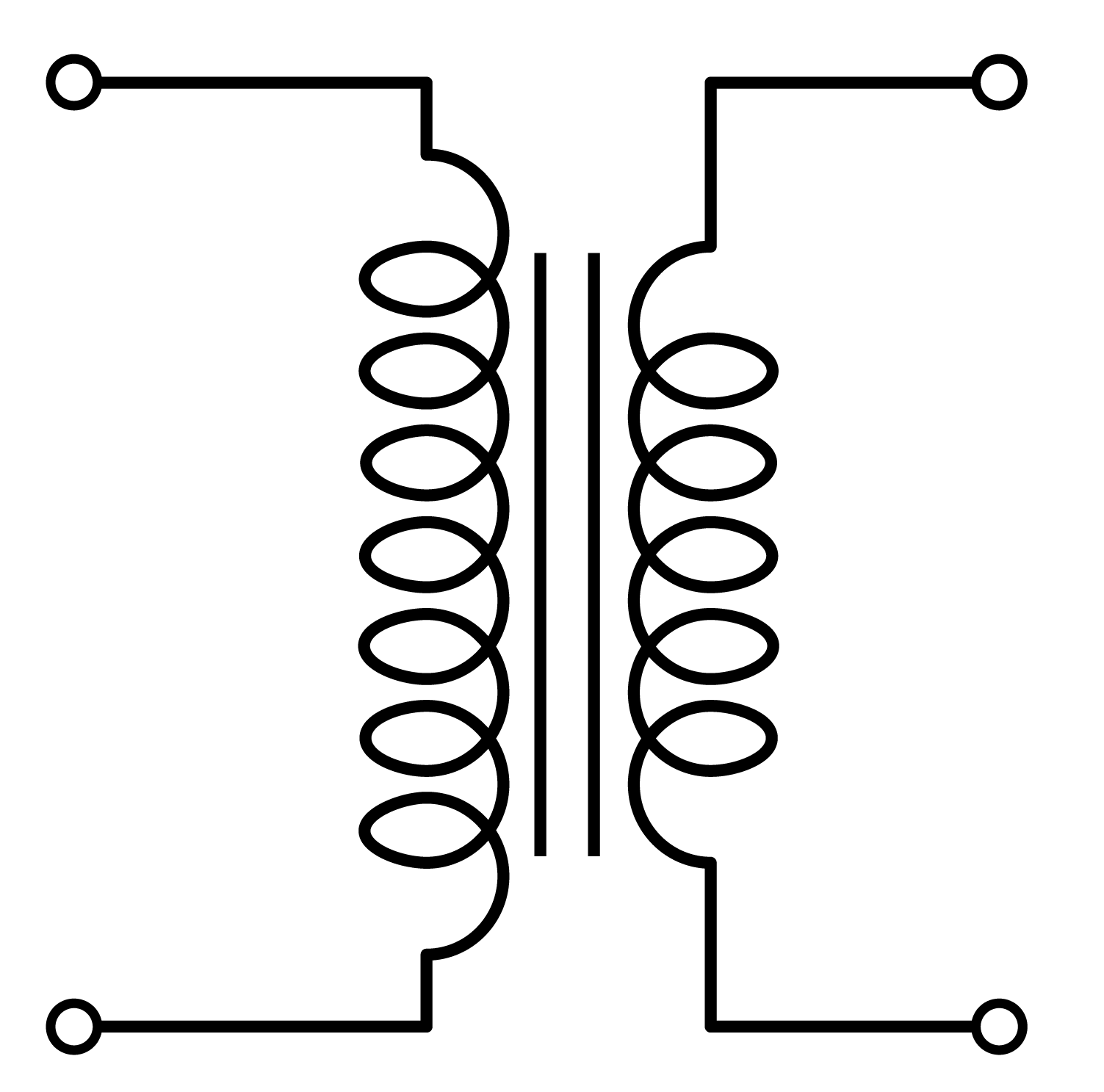Understanding Transformer Symbols
Ever wonder about those cryptic markings on electrical transformers? They're not just random squiggles; they communicate crucial information about the device's capabilities. Understanding these symbols is fundamental for anyone working with electrical systems, from engineers to technicians.
Transformer symbols represent a language of sorts, conveying details about winding configurations, voltage ratios, power ratings, and more. They provide a concise way to understand the transformer's function within a circuit without needing lengthy descriptions. This visual shorthand is essential for quickly interpreting circuit diagrams and ensuring proper installation and operation.
The history of transformer symbols is intertwined with the development of electrical engineering itself. As transformers became more complex, the need for standardized symbols arose. These symbols evolved over time, becoming more sophisticated to reflect the growing range of transformer types and functionalities. Today, international standards govern the use of transformer symbols, promoting consistency across different industries and countries.
The importance of understanding transformer symbolism cannot be overstated. Misinterpreting a symbol can lead to incorrect circuit design, potentially resulting in equipment damage or even safety hazards. Correctly interpreting these symbols is crucial for safe and efficient operation of electrical systems.
One of the main challenges in understanding transformer symbols is the sheer variety of them. Different symbols represent different types of transformers, such as autotransformers, isolation transformers, and three-phase transformers. Each symbol conveys specific information about the transformer's internal connections and operating characteristics. This can seem overwhelming initially, but with focused study, these symbols become readily understandable.
Let's explore some common transformer symbols. A simple two-winding transformer is often represented by two coils facing each other, separated by parallel lines or a vertical line. The number of turns in each winding can be indicated by the number of loops in the coil symbol. Dots or other markings can indicate the phase relationship between the windings.
Understanding the basics of electrical circuits is helpful when interpreting transformer symbols. The symbols represent the physical layout of the transformer windings and their connections to the external circuit. This knowledge is essential for analyzing circuit behavior and troubleshooting potential problems.
One benefit of using standardized transformer symbols is that they facilitate clear communication among engineers and technicians worldwide. This standardization prevents misunderstandings and errors that could arise from using different symbol systems.
Another benefit is that these symbols enable concise representation of complex electrical systems. Circuit diagrams can become very complicated, and using symbols allows for a clearer, more manageable representation of the circuit's components and connections.
Finally, transformer symbols aid in efficient circuit design and analysis. By using symbols, engineers can quickly visualize the circuit's functionality and predict its behavior under different operating conditions.
Advantages and Disadvantages of Standardized Transformer Symbols
| Advantages | Disadvantages |
|---|---|
| Clear Communication | Initial Learning Curve |
| Concise Representation | Potential for Misinterpretation if not studied carefully |
| Efficient Circuit Design | Variations across very specialized applications |
Frequently Asked Questions:
1. What does the symbol with two coils and parallel lines mean? - It represents a basic two-winding transformer.
2. What do the dots on a transformer symbol indicate? - They represent the phase relationship between the windings.
3. Where can I find a comprehensive guide to transformer symbols? - Electrical engineering textbooks and online resources are good sources.
4. How important is it to understand transformer symbols? - It's crucial for safe and efficient electrical system design and operation.
5. Are there different symbols for different types of transformers? - Yes, different symbols exist for autotransformers, isolation transformers, etc.
6. What are some common mistakes when interpreting transformer symbols? - Confusing the polarity markings or misinterpreting the winding configuration are common errors.
7. Are there software tools that use transformer symbols? - Yes, many circuit simulation software programs utilize these symbols.
8. How can I improve my understanding of transformer symbols? - Practice reading and interpreting circuit diagrams that include transformers.
Tips and Tricks: Refer to a reliable electrical engineering handbook or online resource for a comprehensive list of transformer symbols. Practice sketching and labeling transformer symbols to reinforce your understanding. Pay close attention to the details of each symbol, such as dots and other markings, which convey important information.
In conclusion, understanding transformer symbols is an essential skill for anyone working with electrical systems. These symbols represent a concise and efficient way to communicate critical information about transformers, enabling clear communication, concise circuit representation, and effective design and analysis. While the variety of symbols might seem daunting at first, consistent study and practice will make interpreting these symbols second nature. By mastering the language of transformer symbols, you enhance your ability to work safely and effectively with electrical circuits, ensuring proper equipment operation and minimizing the risk of errors. This knowledge is foundational for anyone involved in the design, installation, maintenance, or troubleshooting of electrical systems. Investing time in understanding these symbols is an investment in your professional development and contributes to the safe and reliable operation of electrical power systems.
Navigating healthcare in hawthorne ca a guide
Unlocking the nyt crossword clue mystery heads up in a review
Unleash the fun printable packets for kids














